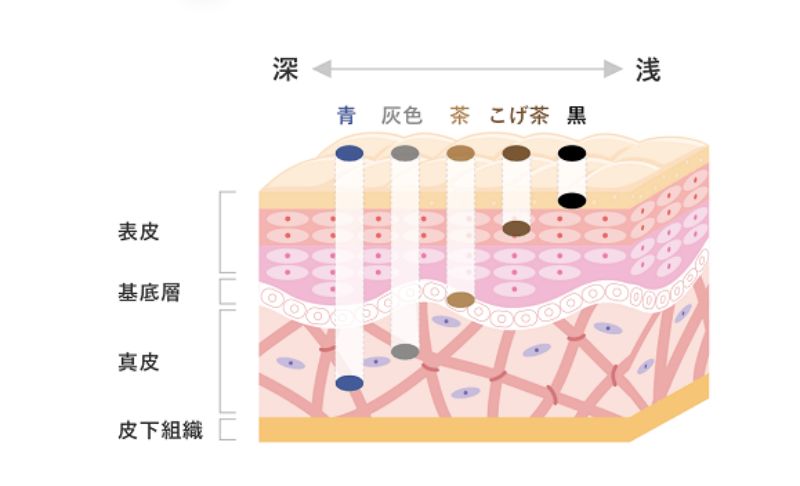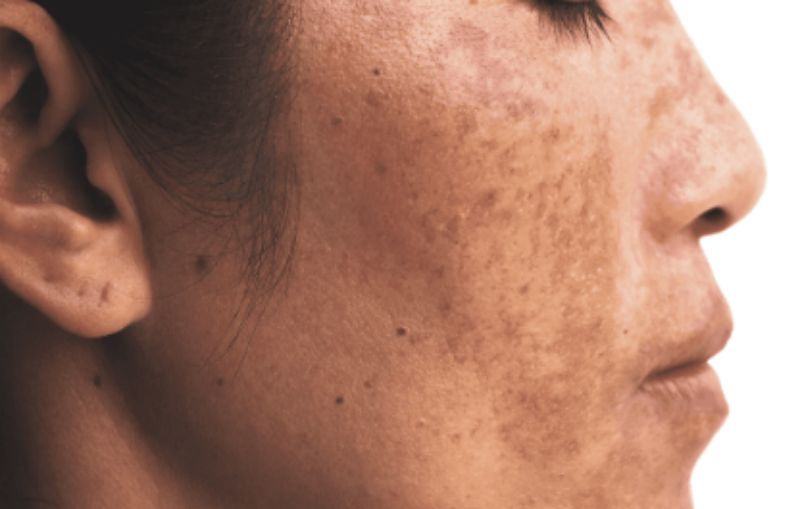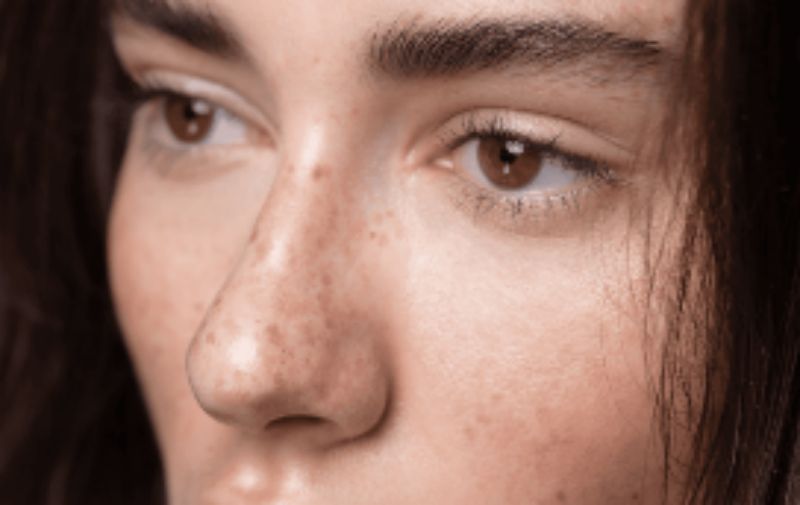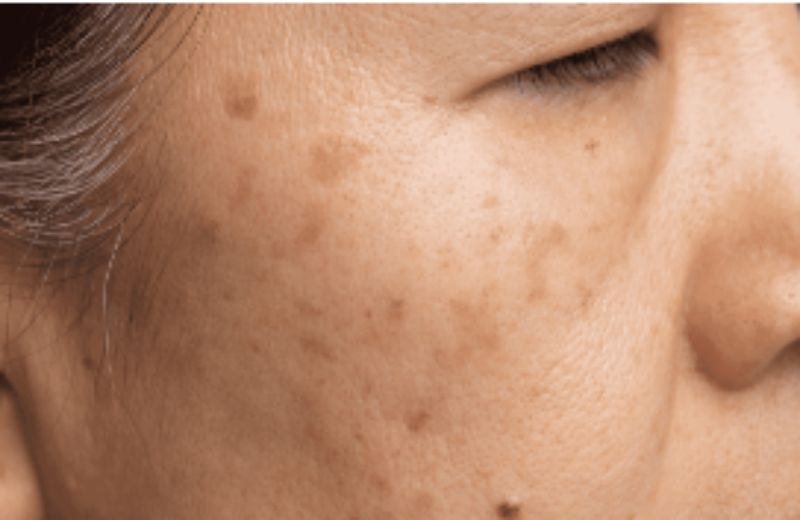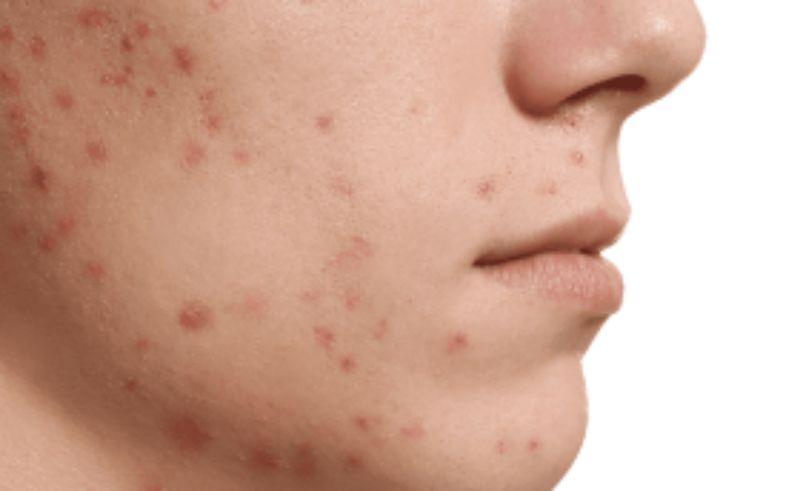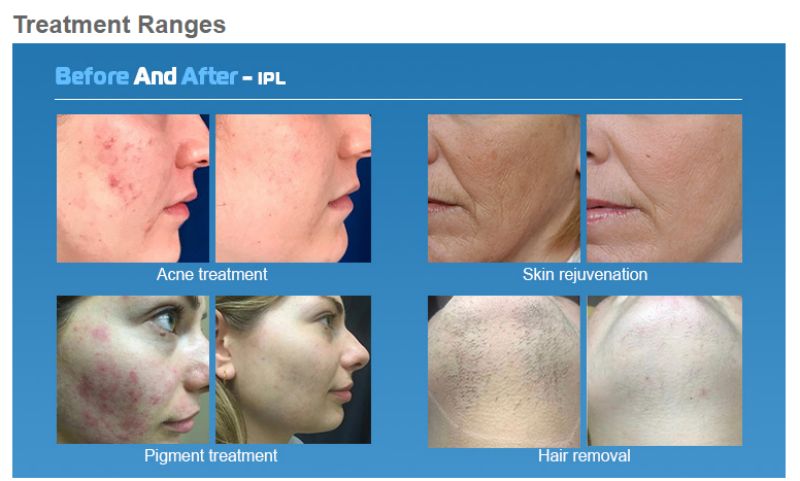Hyperpigmentation is a word we hear a lot in the skincare world, it can cause small patches of skin to darken or cover large areas and can affect almost anyone. But what is hyperpigmentation and what causes it to form? Come along and find out.
Hyperpigmentation is a term used to describe a variety of conditions that lead to darkening of the skin, or it can be described as a specific skin condition. It implies excessive colouring, which can occur for many reasons, but the result is the same – darkening of the skin. Areas of darkened skin occur when melanin, the part of the skin cells that produces pigment, increases.
Types of Hyperpigmentation
Depending on the factors and causes, hyperpigmentation appears in the form of different skin conditions. Some of the more common types of hyperpigmentation include the following:
Melasma
Melasma is a skin condition that causes light brown to grey patches to appear on the surface of the skin, usually on the face. It is most common in Asian women between the ages of 20 and 40. Melasma typically occurs in pregnant women and is thought to be brought on by hormonal changes. Hormonal imbalances caused by the use of birth control pills and other hormonal therapies may also increase the risk of developing melasma.
Freckles
These are tiny brown spots that form due to a genetic predisposition to overproduction of melanin caused by ultraviolet (UV) radiation stimulation. Freckles are common in fair-skinned individuals and usually disappear with the onset of winter.
Freckles are categorised into two types – exogenous freckles and freckles. Both types are triggered by the sun. However, freckles are more influenced by genetic factors, while freckles are caused by photodamage to the skin
Sun spots
Sun spots, also known as age spots, liver spots, or solar lentigines, are associated with prolonged and excessive sun exposure. The light to dark brown spots that appear on the skin are caused by photodamage. Over time, UV rays accelerate the production of melanin in the skin, eventually overproducing melanin and creating sunspots.
Post-inflammatory hyperpigmentation
Post-inflammatory hyperpigmentation appears as flat discoloured spots on the skin, usually caused by injury or inflammation on the skin. The colour of these spots can range from pink to red, brown or black. The colour depends largely on skin tone and the depth of discolouration.
Common causes include acne, eczematous skin conditions, trauma, surgery and burns. People with darker skin colours are more likely to suffer from this condition. This manifests as light or dark brown skin patches or pink skin.
Treatment
1、Use non-stimulating skin care products to do regular maintenance.
2、For deeper pigmentation and smaller pigmentation spots, black therapy (i.e. medication spot therapy or laser spot therapy) can be used first, followed by some medications that can control the formation of melanin and accelerate cell metabolism.
3、It is necessary to pay attention to isolate the source of stimulation during the treatment, and regulate internally and externally.
The pigmentation caused by internal factors are: chloasma, age spots, dark spots, etc. Although many beauty salons are popular in today’s society, it is not easy for them to control the formation of melanin. Although many beauty salons in today’s society are popular for “skin peeling”, i.e. making the skin epidermis flaky, it is not a good way to solve the problem of pigmentation. It is not a good solution for pigmentation because when the skin cells lose their immune function, the human body will secrete a large amount of black spots to protect the damaged cells, and a large amount of cellular skin will destroy the immunity of the cells, thus making the pigmentation even more serious, and is therefore not desirable.
Post time: Dec-13-2023

